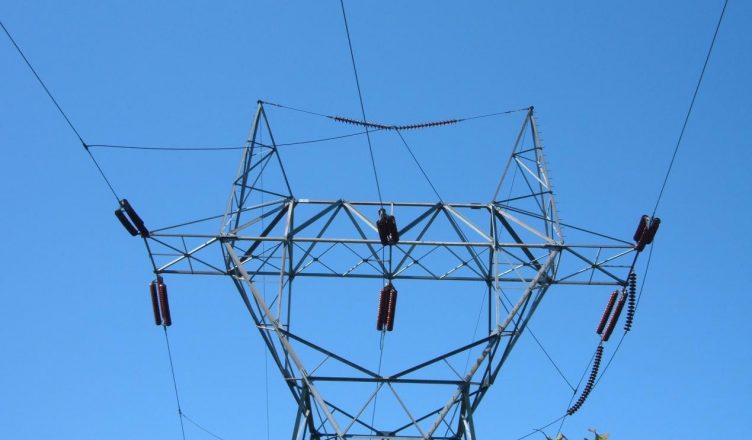The name powerline refers to a networking communications technology that has been modified for usage over current electrical power lines. Many of the suggested industrial applications use Powerline technology and are referred to as Smart Grid. Consumers would probably be aware of the use of Powerline technology by the electrical sector in the form of smart meters. While not all smart meters use Powerline, those that do illustrate how the electricity sector uses existing power lines for data interchange, with utility firms receiving updates from their smart meters on their electricity usage. Of course, if they choose to use such a service.
The possibility of transmitting data over power lines should make people stop and consider the possibility that electric utility companies may replace Internet service providers as a source of connectivity for homes. The likelihood of offering Internet through Powerline to rural families is substantially higher than in more densely inhabited places, where it may not be possible. They have noted that ISPs are reluctant, if not outright refusing, to deliver fiber or cable to their homes, and they have several acquaintances who reside in such places. Even if providing Internet to a single remote family may be inconvenient for the consumer, for the ISP, the return on investment is simply lower than when wiring an entire neighborhood.
Even though discussing integrating their electricity and Internet service would be interesting. With Power Line Hardware, customers may use their existing electrical wiring for networking purposes instead of having to install an Ethernet drop in each room to provide wired connectivity. Take a quick count of the number of outlets users can notice by looking around. If they employ Powerline, each of those is a potential network uplink.
Multiple Industries Use Pole Line Hardware:
There is a need for pole line hardware in the communications, aviation, electrical, automotive, manufacturing, marine, medical, mining, and aerospace industries. This hardware was made from a variety of materials, including steel, aluminum, platinum, silver, titanium, and copper. Pole line hardware has been made since the late 19th century. Over time, pole line hardware has improved in both qualities of construction and design. Understanding the various specifications and criteria for their cables is essential. It is crucial to choose fasteners that are appropriate for these exact tolerances to preserve stability. The equipment used to build pole lines must go through tests that boost strength and eliminate any danger of weakness since pole lines maintain and distribute utilities for a long period.

